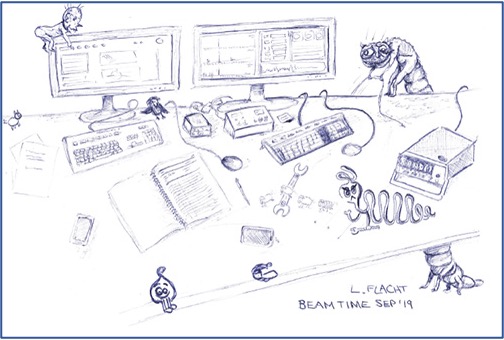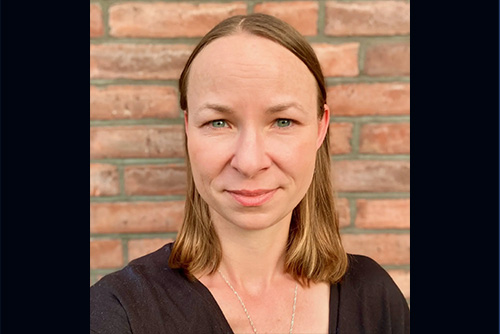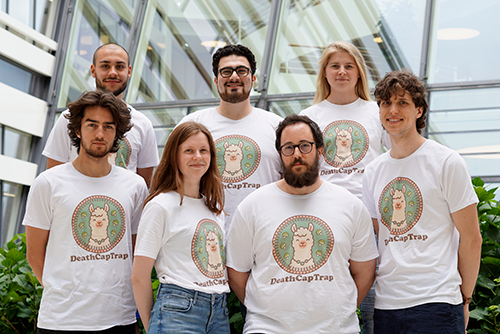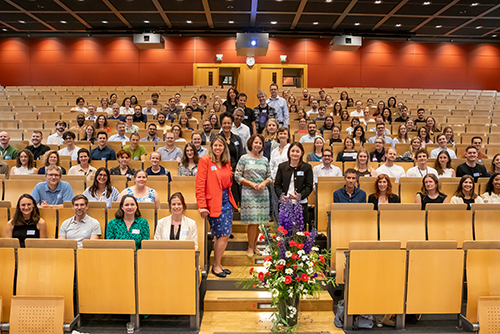Combatting Infection Together
While the many challenges facing scientist in the field of infection research may seem daunting, experts agree that the way forward must involve interdisciplinary cooperation. “The days of ground breaking discoveries being made by single researchers are over, future success in infection research requires everyone to pull together on the same thread,” explained Prof. Marylyn Addo during a panel discussion entitled “Pathogens under the Super Microscope” held on September 7, 2015. Hosted by the Centre for Structural Systems Biology (CSSB) and The Academy of Sciences and Humanities in Hamburg, the panel discussion featured four renowned experts who not only discussed the threats infectious diseases such as Ebola and HIV pose to our health but also explained how scientists are working together to develop new methods and techniques for combatting these infections.
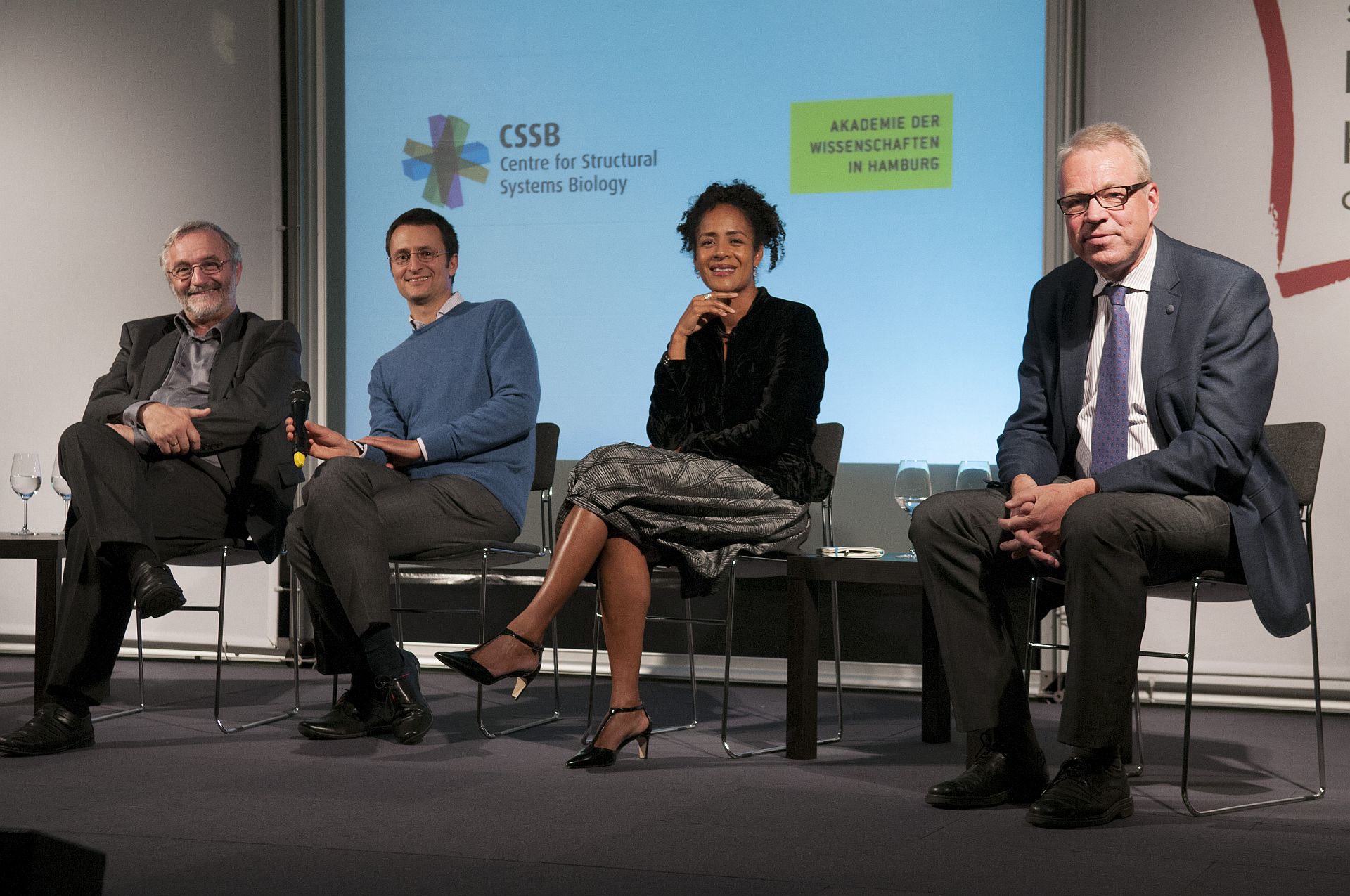
While the Hamburg State and University Library’s Lichthof, whose towering arcades are reminiscent of an Italian palace, provided a historic setting for the panel discussion, the focus of the four panel members was on the future of infection biology research. Establishing the context for the evening’s discussion, Professor Rudi Balling outlined three main challenges that infection research must overcome in the next ten years. To manage the spread of infectious diseases, policies and procedures must be implemented to ensure the quick recognition of an epidemic. In addition, international scientific collaborations must facilitate the fast and effective development of new immunizations and antibiotics. Furthermore, a more in-depth understanding of the mechanisms of the infection process, specifically how pathogens interact with their human hosts, must be developed. Professor Balling reminded the audience that “Infection research is essentially a race against time – infections are dynamic, non-linear and extremely complex.”
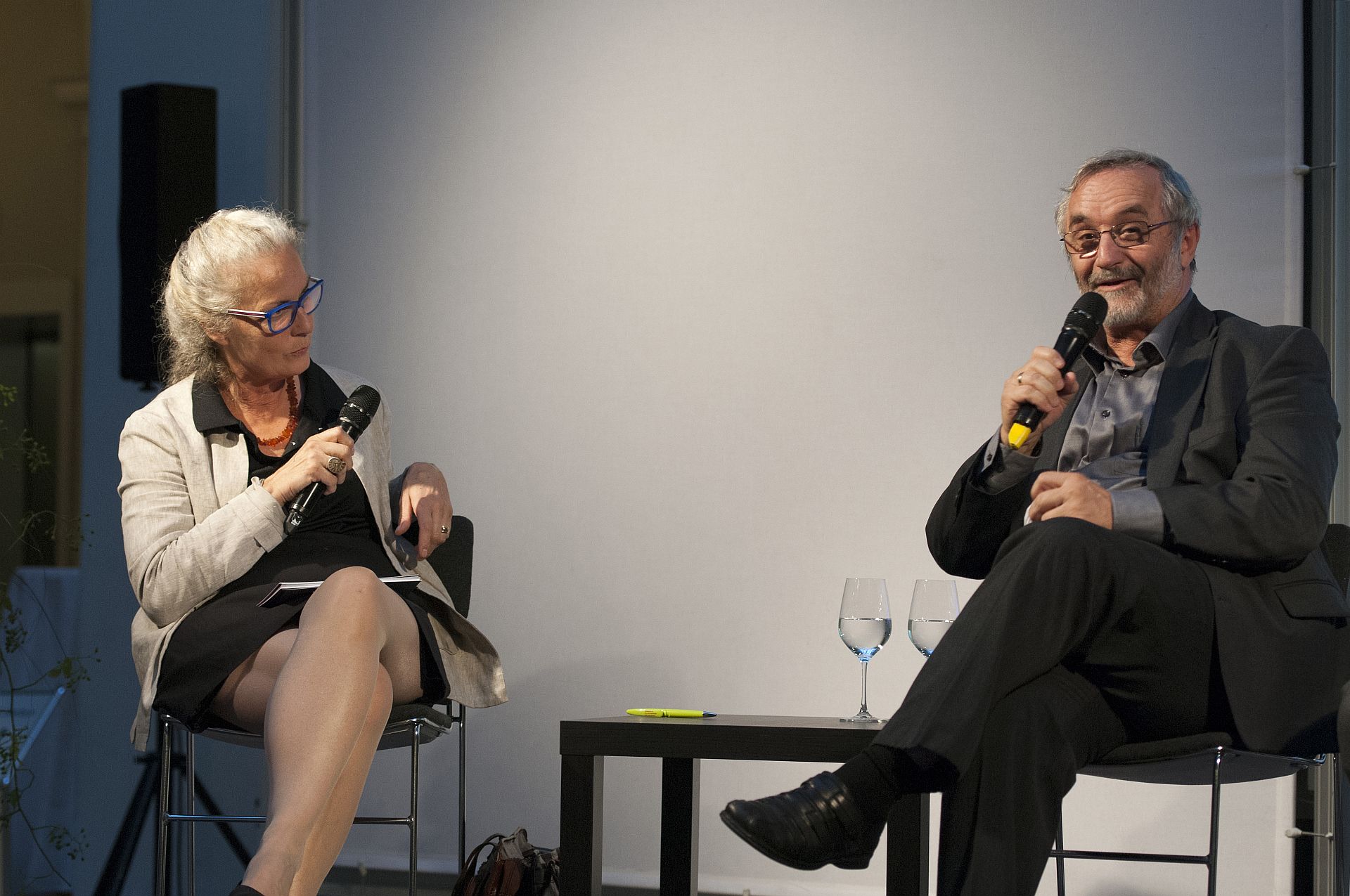
Resulting in over 11,000 deaths, the 2014 Ebola outbreak in West Africa exemplifies the dynamic nature of infectious diseases. Prof. Marylyn Addo shared her experiences working to eradicate the Ebola virus. “During such a disaster the world comes together and many processes are driven together quite quickly,” explained Addo. As a direct result of this “coming together,” Professor Addo is involved a nationally and internationally funded collaborative research network called EBOKON. She currently is leading a clinical phase I Ebola virus vaccine trial which she hopes will not only shed light on immune responses but also deliver valuable information regarding vaccination success.
Understanding how viruses interact with their human host is Prof. Kay Grünewald particular expertise. He described how CSSB scientists will use the different “super microscopes” available on the DESY Campus and in the future CSSB building to generate detailed images of the miniscule viruses, bacteria, and parasites that cause infection. In his own research, Prof. Grünewald uses cryo-electron microscopy techniques. “Samples examined using cryo-EM techniques are flash-frozen thus allowing scientist to take high resolution snapshots which capture the dynamics of host-pathogen interactions” explained Grünewald. The CSSB building currently under construction on the DESY campus will have space for five cryo-electron microscopes. “This technology brings complementary structural biology capabilities to the existing macromolecular crystallography and X-ray microscopy beamlines on the Bahrenfeld Campus. Combining a wide range of microscopic technologies will make CSSB an incubator for innovation” explained Grünewald.
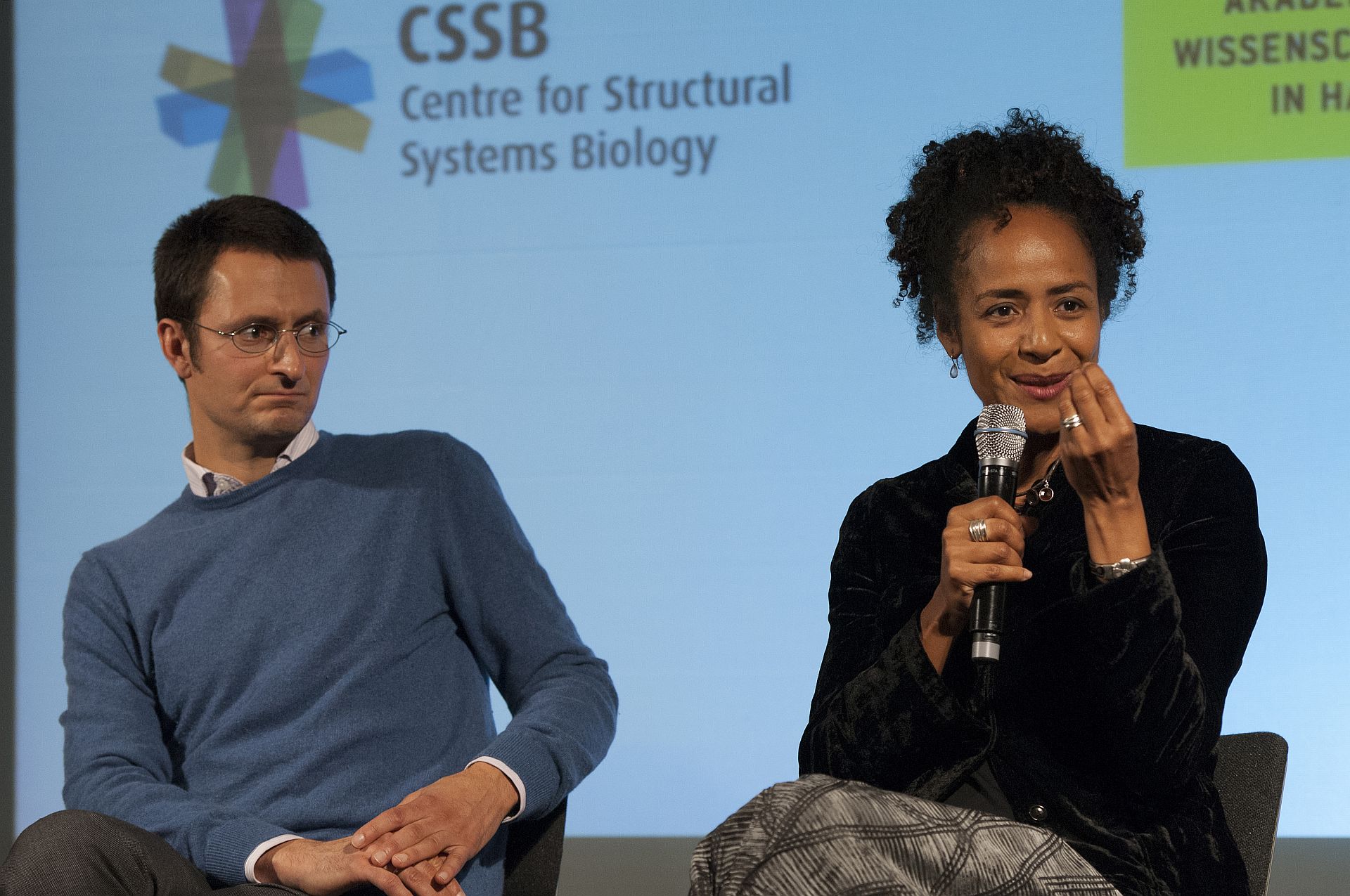
The CSSB building has in fact been specifically designed to foster interdisciplinary cooperation between the different research groups of the nine partner institutions. Shared core facilities and break areas will provide CSSB scientist with ample space for networking and discussing new concepts and theories. As Professor Addo remarked, “The CSSB coffee machine will be where the magic happens, where scientists spontaneously speak with one another and exchange ideas.”
Throughout the evening, Prof. Matthias Wilmanns, Scientific Director of CSSB, answered several questions posed by audience members regarding the organizational and funding structure of the new centre. Towards the end of the evening, he spoke of his hopes for CSSB. “In 10 years’ time, it would be great to see one or perhaps even more new immunizations that could be directly linked to the fundamental structural and systems biology research conducted at CSSB,” stated Wilmanns “My vision is that CSSB will become a paradigm for interdisciplinary collaboration,” explained Wilmanns.”
